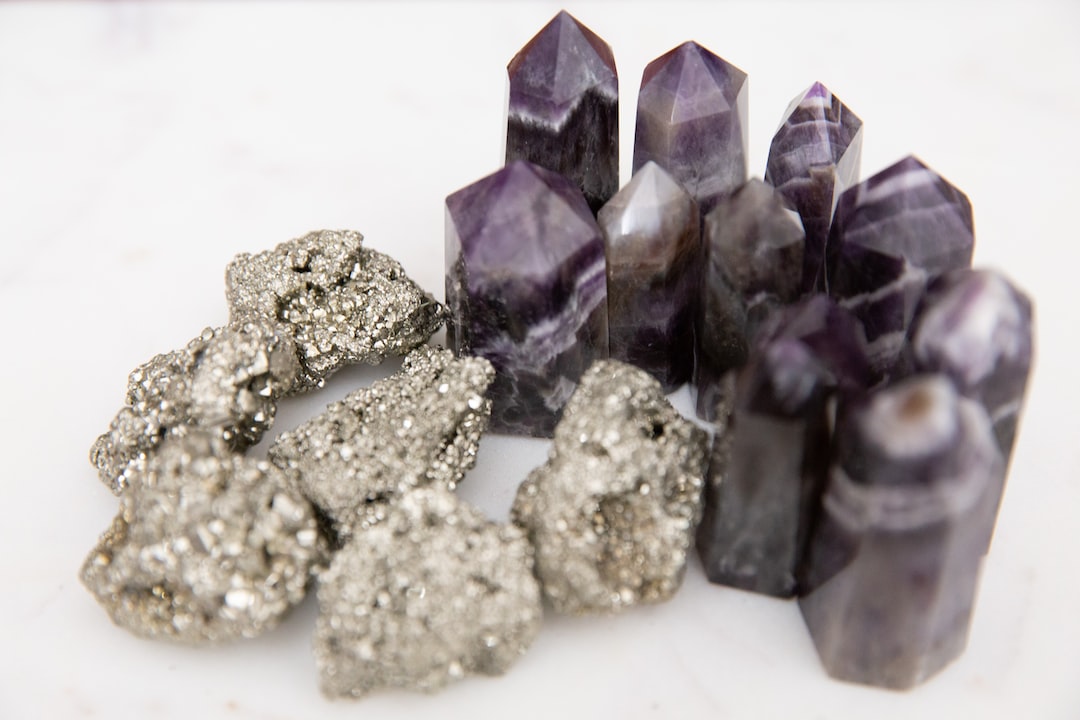Exploring the History of Precious Metals: From Ancient Times to Modern Day
Precious metals have long captivated human beings with their allure. From their discovery in ancient times to their role in modern economies, these rare elements have held significant value and played integral roles in shaping civilizations and economies. Let’s embark on a journey through history to explore the fascinating evolution and significance of precious metals.
Throughout the ages, humans have been drawn to the beauty and rarity of precious metals such as gold, silver, platinum, and palladium. As early as 3,000 BC, civilizations in Mesopotamia and Egypt began using gold and silver as mediums of exchange, crafting intricate jewelry, and fashioning stunning artifacts. These metals symbolized wealth and power, and their scarcity made them even more precious.
In ancient Greece and Rome, gold and silver continued to hold great importance. The first coins were minted during these times, marking a significant step towards the introduction of currency. This development allowed for more efficient systems of trade beyond the barter system, contributing to the growth of civilizations.
During the Middle Ages, European powers began amassing vast quantities of precious metals, particularly gold and silver, through exploration and colonization. The discovery of the Americas brought about a new era of wealth as immense quantities of precious metals flooded into Europe. This influx of gold and silver fueled the growth of nations and led to the rise of the mercantile economy.
As the world progressed into the modern era, precious metals continued to play pivotal roles in global economies. Gold became the cornerstone of the international monetary system, with countries pegging their currencies to its value. However, as economies grew more complex, governments gradually let go of the gold standard, allowing currencies to float freely.
Today, precious metals retain their status as valuable commodities. In addition to their aesthetic appeal and use in jewelry, these metals are crucial in various industries. Silver plays a vital role in electronics and medical applications, while platinum and palladium are essential in catalytic converters, which reduce harmful emissions from vehicles.
Moreover, precious metals have gained popularity as investment assets, offering a hedge against inflation and instability. Investors see them as a safe haven amid uncertain economic times. This demand for precious metals has led to the creation of specialized financial instruments, such as exchange-traded funds (ETFs), allowing individuals to invest in these commodities without physically owning them.
In conclusion, the history of precious metals is a testament to their enduring value. From the earliest civilizations to the modern era, gold, silver, platinum, and palladium have held significant importance both in terms of economic development and cultural significance. Whether as mediums of exchange, symbols of wealth, or components of cutting-edge technology, precious metals continue to captivate us with their timeless appeal. Whether you are an investor, a jeweler, or simply someone who appreciates their beauty, the allure of precious metals persists, connecting us to our ancient past and our modern world.
——————-
Article posted by:
The First Dollar
https://www.thefirstdollar.net/
(734) 864-6920
We are the premier source for gold and silver with the best prices online or off. Check out our site to start buying today!

